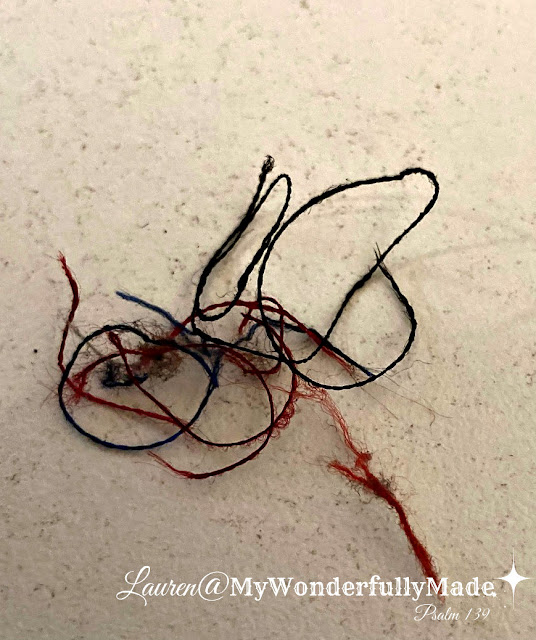I love vintage linens. I mean REALLY love them. I have amassed a fairly large collection, mostly from estate sales. I am always drawn to the intricate, beautiful, embroidery and trims that once were part of everyday life as bed linens, dish towels, tablecloths, handkerchiefs and napkins. While I DO use them for what they were intended, I wanted to find some ways to use them for other purposes, including clothing. Just look at the crochet work on these cases I've had for a long time. Look at that beautiful detail!
These cases were in pristine condition but some you come across may have stains on them. Sometimes you can use parts of them but if you want to use the whole item, there are lots of options for trying to remove the stains. Bleach is NOT one of them. This can disintegrate and damage especially very old linens. BIZ laundry detergent and Hydrogen Peroxide are two methods I've used with great results. Since these were clean with no stains, I was able to use them just like a piece of fabric.
Before cutting (or even choosing a pattern) you have to visualize how you're going to use the linen piece. In this case I knew the crochet edge would be the bottom edge of my top. First I cut the pillow case open on the side and top to make one full piece. I found the center of that, folded in half and placed my front and back pieces on the fold of each case. This was made using TWO pillow cases, one for the front and one for the back. If you only have one, you can use a pretty, coordinating fabric for the back!
Here is the front cut out. The back was cut in the same way.
I took this picture because I'm always in awe that many of these vintage items were HAND sewn as seen here. No sewing machine. This was one of the seams I cut to open up the pillow cases.
One thing I found when laying the opened cases out was that the side areas while they were not an actual SEAM, they were quite a bit whiter (see the lines on the left and right of the sewn seam). I'm not sure why this was but I had to take this into account before cutting out my pieces. In this case, it works perfectly and LOOKS like it was meant to be there. This is why it's important to choose your pattern, lay out your pieces and make sure everything is going to be able to be cut properly. Sometimes you may have to work around a stain or hole and you want to know that BEFORE you start cutting.
Not the greatest of pictures but you get the idea. This tank turned out exactly as I had hoped!
I used the Peplow Juniper Tank Top which is a downloadable, printable pdf pattern. It was SUPER easy, quick and worked perfectly with the pillow cases as my fabric. There are lots and lots of things you can do with vintage linens. This post on DIYS.com gives lots of cute ideas that I plan to use in the future. Many of these will be perfect for those linens that have stains since they are small projects requiring only small pieces of the fabric.
I hope you're finding time to relax and enjoy the Memorial Day Weekend! Summer temps have arrived and I may just have to move my sewing machine out into my gazebo!

















